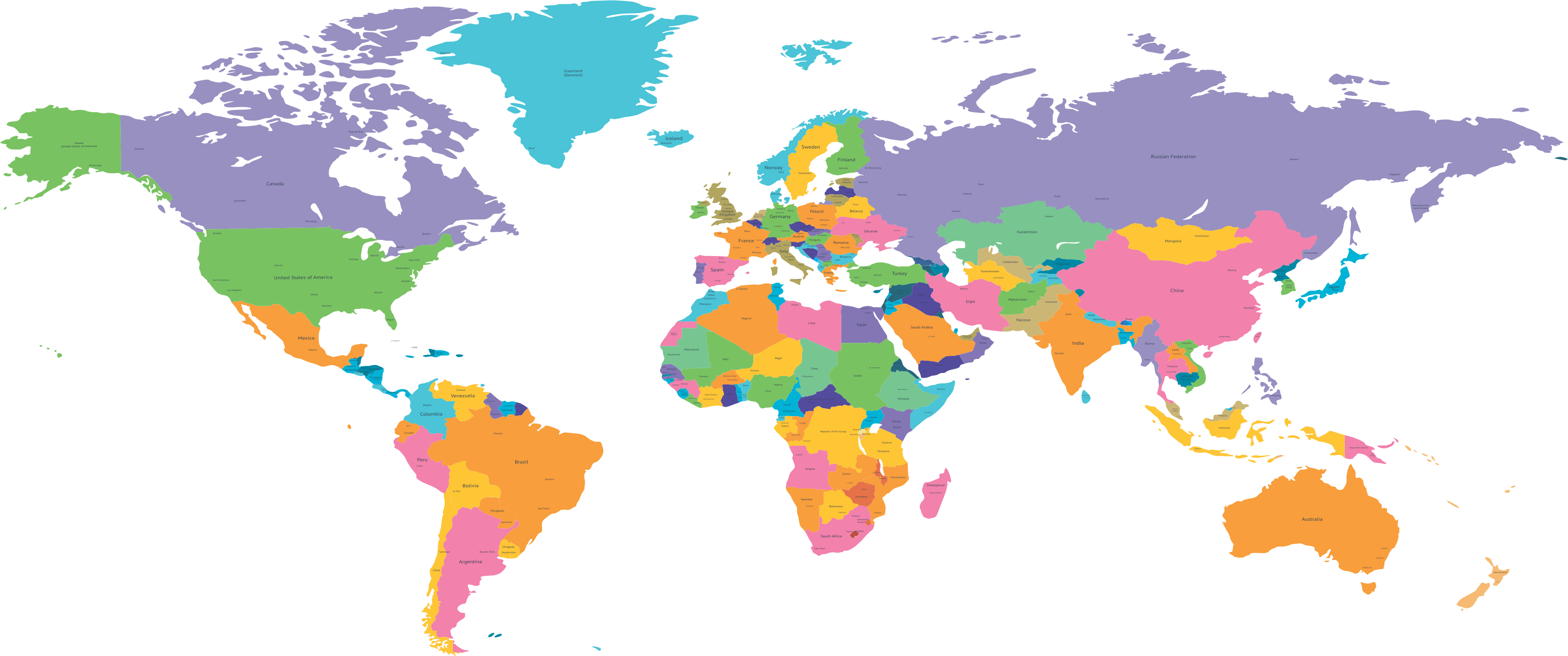Nurturing Resilience: Exploring the Interplay of Burnout, Turnover Intentions, and Professional Quality of Life among Female Nurses in Wah Cantt’s Hospitals
DOI:
https://doi.org/10.62997/rl.2023a.21508Keywords:
Burnout, ProQoL, Turnover Intention, NursesAbstract
The purpose of this study was to determine the associations between burnout, intention to leave, and professional quality of life among female nurses working in various Wah Cantt hospitals in Islamabad. The current study looked at the connection between female nurses' professional quality of life and their intention to leave burnout. Two hundred female nurses made up the sample, and information was gathered from hospitals in Wah Cantt. The information was gathered from several hospitals, both public and private. Of them, 73 belonged to private hospitals, and 127 were affiliated with government institutions. The age range of female nurses was 21 to 49 years old. Three measures are employed in this study: burnout, intention to leave, and professional quality of life. With the aid of SPSS software, the data was analysed using correlation, one-way ANOVA, independent t-tests, demographic variable frequencies, and regression analysis. For example, the BOS scale showed reliability (.697) when used to assess burnout, the TIS scale demonstrated reliability (.513) when used to assess turnover intention, and the proQoL scale demonstrated reliability (.671) when used to assess the professional quality of life among female nurses. The results showed that while there is a somewhat favourable correlation between burnout and proQoL, there is no significant correlation between burnout and turnover intention. Conversely, among nurses, there is a positive correlation between turnover intention and proQoL.
References
Anewalt, P. (2009). Fired up or burned out? Understanding the importance of professional boundaries in home health care hospice. Home Healthcare Nurse, 27(10), 591-597. https://doi.org/10.1097/01.NHH.0000364181.02400.8c
CAROD-ARTAL, F. J. & VáZQUEZ-CABRERA, C. (2013). Burnout Syndrome in an International Setting. Springer US.
Chang, E. M., Bidewell, J. W., Huntington, A. D., Daly, J., Johnson, A., Wilson, H., Lambert, C. E. (2007). A survey of role stress, coping and health in Australian and New Zealand hospital nurses. International Journal of Nursing Studies, 44(8), 1354-1362. https://doi.org/10.1016/j.ijnurstu.2006.06.003
Figley, C.R. (1995). Compassion fatigue: Coping with secondary traumatic stress disorder in those who treat the traumatized. New York: Brunner-Mazel.
Hegney, D., Craigie, M., Hemsworth, D., Osseiran‐Moisson, R., Aoun, S., Francis, K., & Drury, V. (2013). Compassion satisfaction, compassion fatigue, anxiety, depression and stress in registered nurses in Australia: study 1 results. Journal of Nursing Management, 22(4), 506–518. https://doi.org/10.1111/jonm.12160
Hunsaker, S., Chen, H., Maughan, D., & Heaston, S. (2015). Factors that influence the development of compassion fatigue, burnout, and compassion satisfaction in emergency department nurses. Journal of Nursing Scholarship, 47(2), 186–194. https://doi.org/10.1111/jnu.12122
Kim, S., Kim, J. H., Park, J. Y., Suh, E. Y., Yang, H. J., Lee, S. Y., et al. (2010). Oncology nurses' professional quality of life in a tertiary hospital. Journal of Korean Clinical Nursing Research, 16(3), 145-155. https://doi.org/10.22650/JKCNR.2010.16.3.145
Leiter, M. P., & Maslach, C. (2004). Areas Of Worklife: A Structured Approach To Organizational Predictors Of Job Burnout. In Research in occupational stress and well being (pp. 91–134). https://doi.org/10.1016/s1479-3555(03)03003-8
Maslach, C., & Jackson, S. (1981). The measurement of experienced burnout. Journal of Organizational Behavior, 2(2), 99–113. https://doi.org/10.1002/job.4030020205
Maslach, C., & Jackson, S. E. (1984). Burnout in Organizational settings. Applied Social Psychology annual, (5), 133-153. https://psycnet.apa.org/record/1985-24012-001
Maslach, C., Schaufeli, W. B., & Leiter, M. P. (2001). Job burnout. Annual Review of Psychology, 52(1), 397. https://doi.org/10.1146/annurev.psych.52.1.397
Mealer, M., Shelton, A., Berg, B., Rothbaum, B. O., & Moss, M. (2007). Increased prevalence of post-traumatic stress disorder symptoms in critical care nurses. American Journal of Respiratory and Critical Care Medicine, 175(7), 693–697. https://doi.org/10.1164/rccm.200606-735oc
Neil, R. (2002). Jean Watson: Philosophy and science of caring. In A. Tomey, M. Alligood (Eds.), Nursing theorists (pp. 145–164). Philadelphia, PA: Mosby.
Ray, S. L., Wong, C., White, D., & Heaslip, K. (2013). Compassion satisfaction, compassion fatigue, work life conditions, and burnout among frontline mental health care professionals. Traumatology, 19(4), 255–267. https://doi.org/10.1177/1534765612471144
Roberts, J., Fenton, G., & Barnard, M. (2015). Developing effective therapeutic relationships with children, young people and their families. Nursing Children and Young People, 27(4), 30–35. https://doi.org/10.7748/ncyp.27.4.30.e566
Seligman, M. E. P. (2002). Authentic Happiness: Using the New Positive Psychology to Realize Your Potential for Lasting Fulfillment. New York, NY: Simon and Schuster
Stamm, B. H. (2010). The Concise ProQOL Manual. Pocatello, ID: ProQOL. org.
Waugh, C. E., & Koster, E. H. W. (2015). A resilience framework for promoting stable remission from depression. Clinical Psychology Review, 41, 49–60. https://doi.org/10.1016/j.cpr.2014.05.004
Yom, Y. H., Kwon, S. B., Lee, Y. Y., Kwon, E. K., & Ko, J. W. (2009). The Determinants of Job satisfaction of Nurses: Focused on work rewards. Journal of Korean Academy of Nursing, 39(3), 329. https://doi.org/10.4040/jkan.2009.39.3.329




